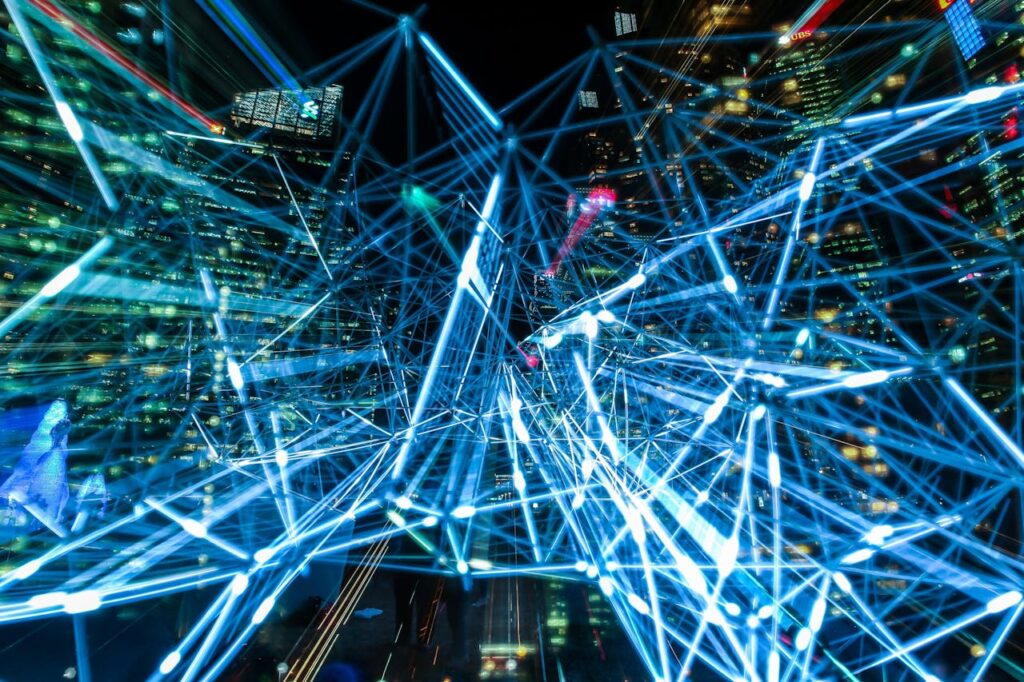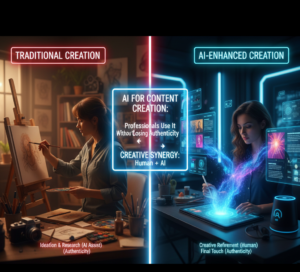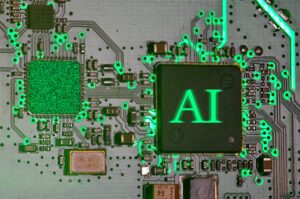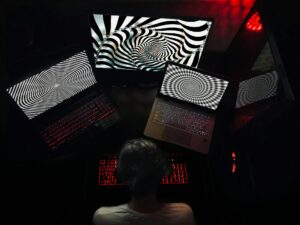Using Generative Artificial Intelligence in Design: From Complicated Branding Kits to Quick Mockups

Using Generative Artificial Intelligence in Design: From Complicated Branding Kits to Quick Mockups
Not so long ago, the process of developing a professional design, whether it was a logo, a prototype of a website, or a complete branding kit, required hours or even days of thinking, drawing, refining, and rewriting. Designers would spend numerous late hours aligning pixels, testing typefaces, and comparing color palettes in order to ensure that everything was optimized for optimal performance. However, over the course of the last several years, a remarkable transformation has occurred in the creative process, and that change is the advent of generative artificial intelligence in design. The technology in question is not only a passing fad; rather, it is revolutionizing the way designers do their jobs by accelerating processes that were previously laborious and even making design of a professional standard available to those who do not consider themselves professional designers.
Using Quick Mockups to Create Magic
Consider the possibility of having to present a fresh product idea or a revamp of your website. Traditionally, you would begin by drawing wireframes, selecting color schemes, and designing a mood board. This is a process that might easily take a few days to complete. You can now express your concept in plain English using generative AI technologies. For example, you might say something as easy as “modern e-commerce homepage with a minimalist look and warm color palette.” In a matter of seconds, you will be able to view a collection of mockups that are completely developed to represent your idea.
Despite the fact that these mockups are not always finished, they are very helpful beginning points all the same. Without wasting crucial time, designers are able to rapidly try out concepts, tweak them, and present customers different routes without wasting time. When you begin the creative process, rather than beginning with a blank canvas, you begin with something that is visually definite. This makes the process seem less intimidating and encouraging of exploration.
Designing Branding Kits in Minutes: Going Beyond Mockups
The branding industry is one of the most fascinating sectors where generative artificial intelligence excels. Logos, typography, color palettes, social media layouts, and often additional assets like as symbols or backdrops are all components that make up a brand identity that is consistent and coherent. The laborious construction of all of them might take many weeks. Generative artificial intelligence techniques have made it possible for designers, or even business owners with less design skills, to produce whole branding kits in a very short amount of time.
Answering a few questions about the personality of the brand, the demographic that it is intended for, and the preferences that it has regarding visuals is often the first step in the process. The artificial intelligence then develops other variants of the logo, offers brand colors that are complementary to one another, advises font combinations, and even makes sample advertisements for social media platforms or business cards. When it used to be necessary for graphic designers, brand strategists, and marketing teams to coordinate their efforts, this process may now be made possible with just one platform.
What Generative AI Can Do to Assist Designers, Rather Than Replace Them
Although it is tempting to believe that artificial intelligence may “replace” designers, the reality is very different. Creating drafts, experimenting with an infinite number of color combinations, and recommending new layouts are all tasks that are handled by generative artificial intelligence. The next phase is for designers to take over and polish, personalize, and bring in the creative judgment and intuition that artificial intelligence does not yet possess.
For instance, artificial intelligence may create hundreds of various concepts for logos, but it is the designer that chooses the most compelling approach, changes the forms so that they seem balanced, and makes sure that the logo is compatible with a variety of sizes and media. Although AI is responsible for providing the canvas and the paint, the designer is still the artist who decides how everything should be put together.
The Speed of Thought as a Source of Inspiration
Each and every designer experiences the phenomenon of creative block. Generative artificial intelligence has the potential to act as a silent collaborator, providing novel perspectives and surprising ideas that could not have occurred to the user otherwise. In the event that you are faced with the challenge of visualizing how a geometric design can seem inside the color palette of your brand, artificial intelligence can rapidly create instances to provoke creativity.
Being quick isn’t the only thing that matters here; it’s also about breaking past creative limits. Brainstorming that is driven by artificial intelligence may let designers explore without worrying about wasting time and offer up new visual possibilities.
Efficiency and Consistency Come Together
When it comes to branding, originality isn’t the only thing; consistency is also quite important. It is essential that every single piece of material, from the headers of emails to the banners on websites, has the appearance and the sensation of belonging to the same family. Using artificial intelligence capabilities, new assets may have their brand colors, typefaces, and visual styles automatically applied to them. This ensures that everything remains in accordance with the brand rules, even while working in a more rapid manner or across many teams.
Not only does this result in a quicker production rate, but it also results in a brand identity that has a sense of unity, regardless of the number of individuals that are engaged in the creation of the assets.
Design’s Increasing Access to the Public
It is possible that the most significant influence that generative AI has had in the field of design is that it has made design of professional quality available to everyone. The ability to develop logos, website mockups, and branding kits that seem finished and ready for the market is now available to individuals, small enterprises, and startups who do not have the financial resources to engage a complete design team.
It is true that skilled designers continue to play an important part in the process of refining and polishing these ideas; but, the initial barrier, which consists of cost, time, and specialized skills, has been significantly reduced. Because of this democratization, more individuals are given the ability to bring creative initiatives to life, which helps ideas go from the concept stage to the reality stage more quickly than ever before.
The Prospects for Artificial Intelligence in Creative Work
As the field of generative artificial intelligence continues to advance, it is expected that its involvement in design will become increasingly more collaborative and nuanced. There is a possibility that we may see tools that not only produce images but also evolve dynamically depending on data about user involvement or assist teams in co-creating assets in real time. It would be possible for designers to devote less time to making repeated adjustments and more time to narrative, strategy, and other elements of creativity that cannot be replicated by artificial intelligence.
The ultimate goal of generative artificial intelligence is not to replace designers but rather to enhance existing capabilities. This will allow designers to complete their work in a matter of minutes, while also making the creative process seem more fun, efficient, and inclusive.
A Concluding Statement: From Mockups to Comprehensive Brand Systems
Using generative artificial intelligence, the design process has been transformed from one that starts with an empty artboard to one that begins with a wide variety of ideas created by AI. Artificial intelligence is quietly revolutionizing the way creative work is done. This may be seen in the creation of rapid prototypes to explore concepts, the design of complete branding kits in a fraction of the time, or the maintenance of visual assets that are consistent across platforms. In addition, despite the fact that it alters the tools and procedures, it continues to place individuals, with their preferences, capabilities, and perspectives, at the center of excellent design.







